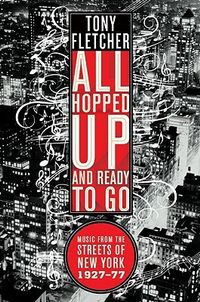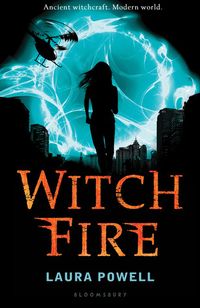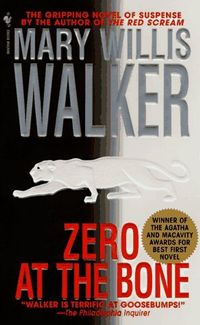
All Hopped Up and Ready to Go: Music from the Streets of New York 1927-77: Music from the Streets of New York 1927–77
A Nonfiction, New York, Music book. A pretty enjoyable survey of NY music progression over 50 years. Understandably, the book...
From Tony Fletcher, the acclaimed biographer of Keith Moon, comes an incisive history of New York’s seminal music scenes and their vast contributions to our culture. Fletcher paints a vibrant picture of mid-twentieth-century New York and the ways in which its indigenous art, theater, literature, and political movements converged to create such unique music. With great attention to the colorful characters behind the sounds, from trumpet player Dizzy Gillespie to Tito Puente, Bob Dylan, and the Ramones, he takes us through bebop, the Latin music scene, the folk...
Download or read All Hopped Up and Ready to Go: Music from the Streets of New York 1927-77: Music from the Streets of New York 1927–77 in PDF formats. You may also find other subjects related with All Hopped Up and Ready to Go: Music from the Streets of New York 1927-77: Music from the Streets of New York 1927–77.
- Filetype: PDF
- Pages: 496 pages
- ISBN: 9780393334838 / 0
SkYwBu1Aoub.pdf
More About All Hopped Up and Ready to Go: Music from the Streets of New York 1927-77: Music from the Streets of New York 1927–77
I enjoyed this huge tome on New York music, even if it reads slightly like 12 or so novellas, rather than a co-ordinated whole. Some sections are great, really colourful, and full of anecdotes, I think the author is much more enthusiastic about jazz, 70s rock and hip-hop then he is over folk, Dylan, and 50s and 60s pop. The last 2 sections... Having already established himself as an outstanding biographer and researcher with the stunning Keith Moon bio, Tony Fletcher outdoes himself in this exhaustive yet endlessly fascinating look at how the cultures, politics and social trends of New York City between 1927 to 1977 created some of the most enduring and well-loved music... A pretty enjoyable survey of NY music progression over 50 years. Understandably, the book had to sacrifice depth for breadth, but I was hoping for more analysis of the overlap between movements - something that basically disappeared after the Brill Building section. I was pleased (and slightly puzzled) by the focus on a band like Suicide...











